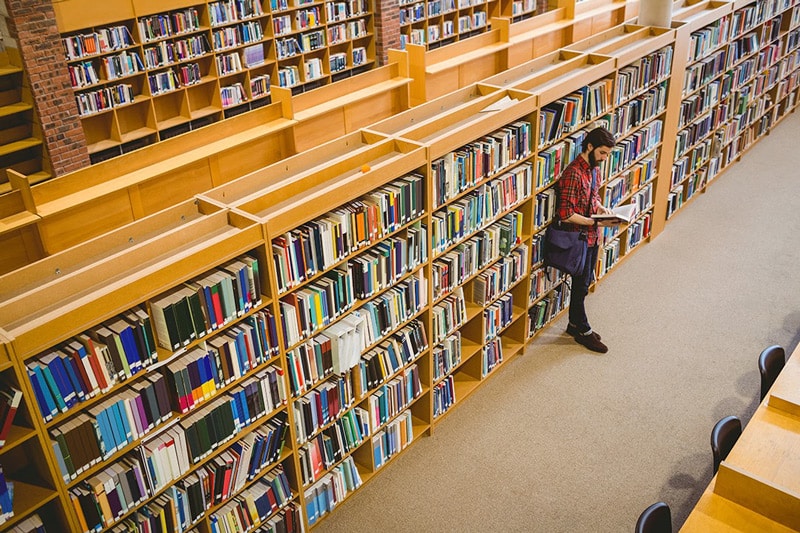
Why Higher Education Institutions Need to Reopen
Many students face financial challenges — especially those that rely on on-campus jobs to fund their education. Detriments to mental health due to isolation, along with the lack of an on-campus interactive learning experience may result in students choosing not to return or put off pursuing their degrees for a later date.
Local and state economies face greater ramifications as much of the funding at state and federal levels is based on the number of students who occupy seats in enrollment each year, including summer sessions. Major revenue sources such as tuition, room and board, activity fees, and charitable contributions face decline. “States will miss hundreds of billions, if not more, in revenue that will never be recovered,” said Dan Malloy, chancellor of the University of Maine System.
In addition to the absence of students, large campus spaces typically used to host summer conferences or concerts, are a large source of ancillary income revenue for institutions. The cancellation of major college football and other sports that generate revenue , will present losses via ticket sales, including broadcasting and licensing fees.
“Colleges and universities are some of the most stable employers in municipalities and states,” wrote Christina Paxson, President of Brown University, in a recent op-ed in The New York Times, regarding the importance of reopening. “The sector employs about three million people and as recently as the 2017-18 school year pumped more than $600 billion of spending into the national gross domestic product. Remaining closed in the fall means losing as much as half of our revenue.”
How to Reopen Safely with Testing, Tracing, and Isolating
In order to reopen, institutes of higher education will need to focus on 3 key areas: testing, tracing, and isolating. When students are exposed they cannot be sent home, colleges cannot close back down and transition back to virtual learning. They need a place to be able to isolate and quarantine students who have the virus or were exposed to it. This is where the repurposing/restructuring of existing spaces comes into play; along with testing, tracing, the restructuring of existing spaces, per CDC COVID-19 protocols can create quarantine capabilities and surge capacity.
CDC Guidelines for Safe Reopenings
These areas include on-campus residences, dining, and lecture halls where social distancing must be practiced. The CDC outlines recommended modifications to layouts as follows:
Modified Layouts
- Space seating/desks at least 6 feet apart when feasible. For lecture halls, consider taping off seats and rows to ensure six-foot distance between seats.
- Host smaller numbers of students in larger rooms.
- Offer distance learning in addition to in-person classes to help reduce the number of in-person attendees.
- Provide adequate distance between individuals engaged in experiential learning opportunities (e.g., labs, vocational skill-building activities).
- Create distance between passengers while using on-campus transportation, (e.g., skipping rows) when possible.
Physical Barriers and Guides
- Install physical barriers, such as sneeze guards and partitions, particularly in areas where it is difficult for individuals to remain at least 6 feet apart (e.g., cash registers).
- Provide physical guides, such as tape on floors or sidewalks and signs on walls to ensure that individuals remain at least 6 feet apart in lines and at other times.
Communal Spaces
- Close shared spaces such as dining halls, game rooms, exercise rooms, and lounges if possible; otherwise, stagger use and restrict the number of people allowed in at one time to ensure everyone can stay at least 6 feet apart, and clean and disinfect between use.
- Add physical barriers, such as plastic flexible screens, between bathroom sinks and between beds especially when they cannot be at least 6 feet apart.
- For more information on communal spaces in student or faculty housing (e.g., laundry rooms, shared bathrooms, and recreation areas) follow CDC’s guidance for Shared or Congregate Housing.
Equally important to restructuring spaces, the CDC also stresses the importance of ventilation to ensure that ventilation systems operate properly and increase the circulation of outdoor air as much as possible.
Other Considerations in Safe Reopening
William Schaffner, an expert on infectious diseases, who sits on a task force at Vanderbilt charged with making recommendations to the university on COVID-19 protocols; details what the task force will address whether lecture halls should be avoided or used with certain seats blocked off, and the number of bathroom stalls and sinks needed to promote social distancing. Such questions will have “to be addressed not only college by college, but almost course by course,” Schaffner said, in an article by Inside Higher Education on what it will take to open.
Unique Solutions for Unprecedented Times
While the on-campus experience will certainly look different, a transition to these modified layouts will ensure the safety of students and faculty from the spread of COVID-19. At STARC Systems, we have solutions that will help schools reopen in a safe manner this fall. Our two systems can be used to repurpose existing school spaces to create flexible isolation and separation solutions. Large classrooms can be divided into smaller classrooms to accommodate fewer students and promote social distancing. Freestanding multi-room negative air quarantine pods can be created in existing large spaces like gymnasiums and cafeterias to isolate exposed or infected students. These are easily and quickly reconfigurable to accommodate patient surge and exceed ICRA Class IV requirements.
